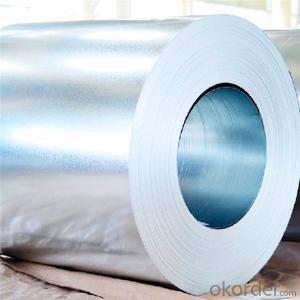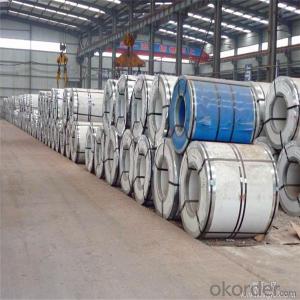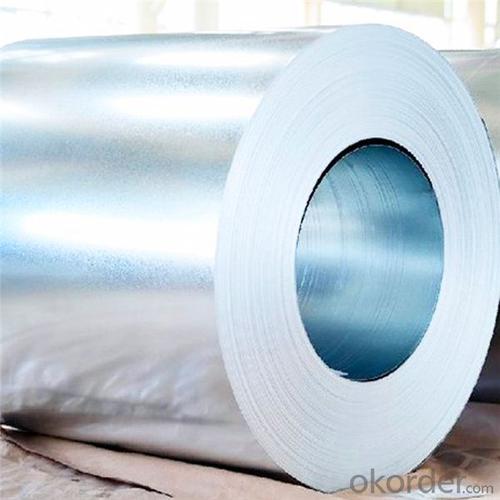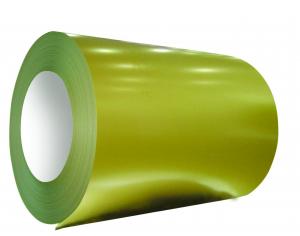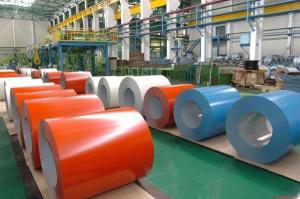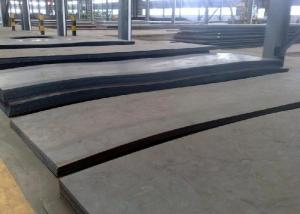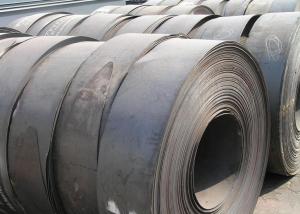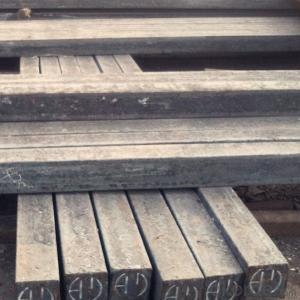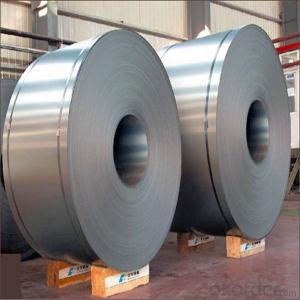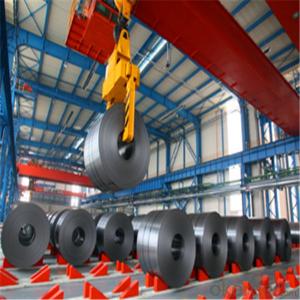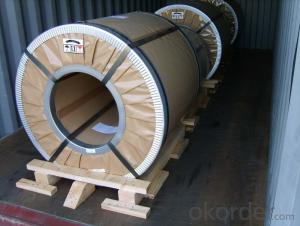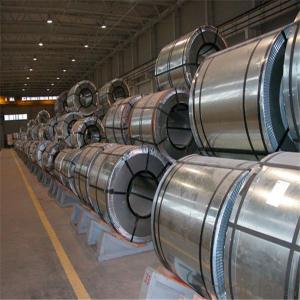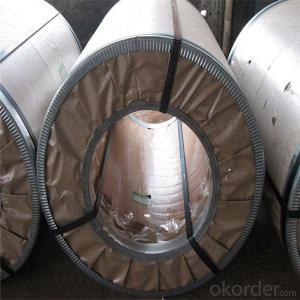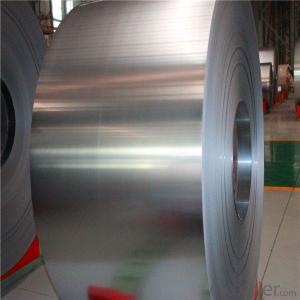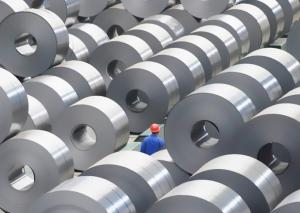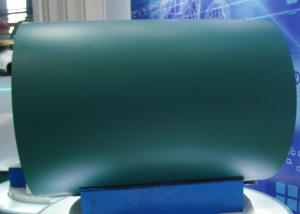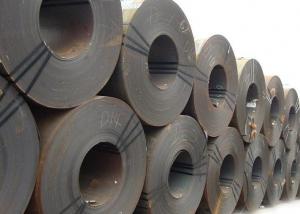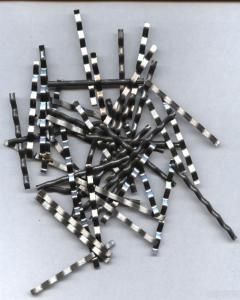SPCC Cold Rolled Steel Made in China/China Supplier
- Loading Port:
- China main port
- Payment Terms:
- TT OR LC
- Min Order Qty:
- 12 m.t.
- Supply Capability:
- 50000 m.t./month
OKorder Service Pledge
OKorder Financial Service
You Might Also Like
Specification
Prime Quality SPCC Cold Rolled Steel Sheet/Coil
Widely used to appliance,automobile industry or other decoration usage.
Certificate: ISO9001
Packing Details: Wrapped by water proof paper and plastic film.Covered with iron sheet,strapped by steel strips to protect the damage under transportation.
Details please check following format
Product Image:
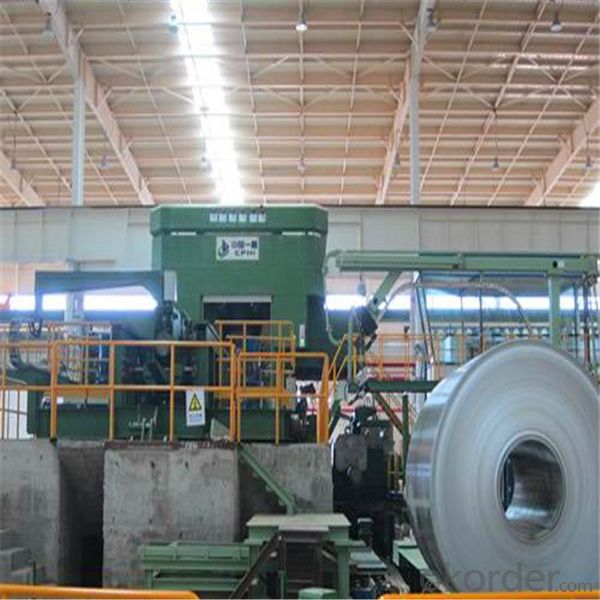
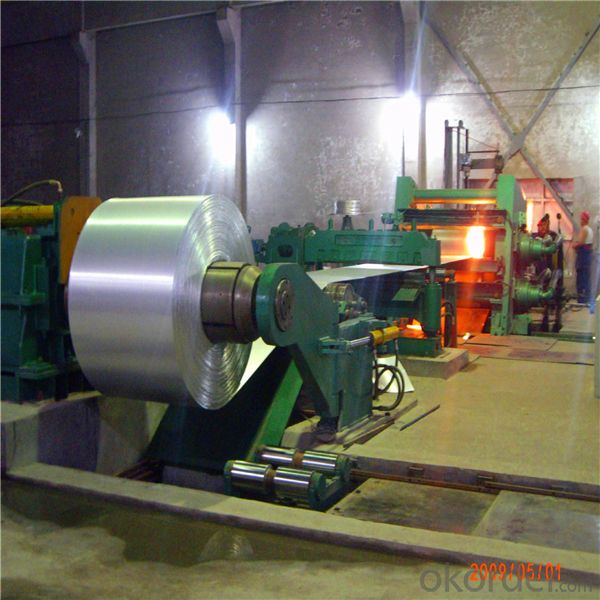
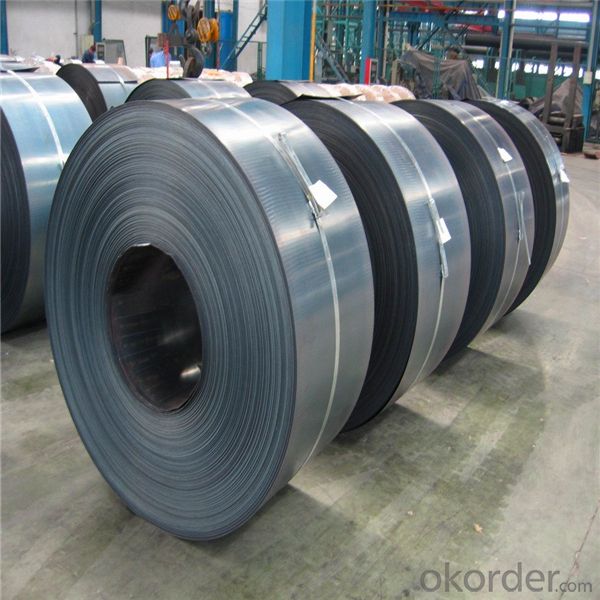
Specification
1. Thickness: 0.4-2.0mm
2. Width: 900-1250mm
3. Inner Diameter: 508mm
4. Weight of Steel Coil: 3-15MT
5. Heat Treatment: Annealed
6. Margin Status: EC & EM
7. Surface Quality: FB&FC
8. Surface Status: SB & SD
9. Surface Treatment: Oiling
FAQ
1. Q: Where is your company located? How can I visit there?
A: Our company is located in Beijing, China. Welcome to visit us.
2. Q: Can I get sample and how long will it take?
A:Yes. We can supply sample. And you need to pay for courier.
3. Q: What's the MOQ?
A: Our MOQ is 25mt.
4. Q: What's the delivery time?
A: It will take about 30 days after TT or L/C.
5. Q: What is the payment terms?
A: T/T, L/C at sight
6. Q: How does your factory carry out quality control?
A: We attach great importance to quality control.Every part of our products has its own QC.
7. Q: What certificate do you have?
A: We have SGS, ISO9001 etc.
- Q: What are the common manufacturing processes involved in producing steel products?
- The common manufacturing processes involved in producing steel products include ironmaking, steelmaking, casting, rolling, forging, and machining.
- Q: How is steel forgings machined for precision components?
- Steel forgings are machined for precision components using various techniques such as milling, turning, drilling, and grinding. These processes involve carefully removing excess material to achieve the desired shape and dimensions with high accuracy and surface finish. The machinists utilize advanced tools, computer-controlled machines, and precise measurements to ensure that the steel forgings meet the required specifications for the precision components.
- Q: What are the properties and characteristics of different steel products?
- The properties and characteristics of different steel products can vary depending on factors such as the grade of steel, its composition, and the manufacturing process used. However, some common properties and characteristics of steel products include: 1. Strength and Durability: Steel is known for its high strength and durability, making it suitable for applications requiring structural integrity and resistance to wear and tear. 2. Corrosion Resistance: Stainless steel products possess excellent corrosion resistance due to the presence of alloying elements such as chromium, which forms a protective layer on the surface, preventing rust and corrosion. 3. Versatility: Steel products are available in various forms, including sheets, bars, pipes, and tubes, offering versatility in terms of design and application possibilities. 4. Heat Resistance: Certain steel alloys, such as carbon steel, can withstand high temperatures without losing their structural integrity, making them suitable for applications in heat-intensive environments. 5. Formability and Weldability: Steel can be easily formed, shaped, and welded, allowing for customization and fabrication of products to meet specific requirements. 6. Weight-to-Strength Ratio: Steel has a favorable weight-to-strength ratio, meaning it can provide high strength while being relatively lightweight compared to other materials. 7. Recyclability: Steel is a highly recyclable material, making it an environmentally friendly choice as it can be reused and repurposed without losing its properties. It is important to note that the specific properties and characteristics of different steel products can vary depending on their intended use, manufacturing process, and any additional treatments or coatings applied.
- Q: What are the different types of steel rods and their applications?
- There are several types of steel rods available, each with its own unique properties and applications. Some common types include carbon steel rods, stainless steel rods, and alloy steel rods. Carbon steel rods are widely used in construction and manufacturing due to their high strength and durability. Stainless steel rods are resistant to corrosion and are often used in industries such as food processing and medical equipment manufacturing. Alloy steel rods, on the other hand, are designed to have specific mechanical properties such as increased hardness or improved heat resistance, making them suitable for applications in automotive and aerospace industries. Overall, the choice of steel rod depends on the specific requirements and environment of the application.
- Q: What are the different grades of tool steel and their applications?
- Tool steel is a type of high-quality carbon or alloy steel that is specifically designed for use in the manufacturing of tools and machinery parts. There are several different grades of tool steel, each with its own unique properties and applications. Some common grades include: 1. O-1 Tool Steel: This grade is known for its excellent hardness, wear resistance, and toughness. It is commonly used in making cutting tools, punches, and dies. 2. A-2 Tool Steel: A-2 grade offers good wear resistance and machinability. It is often used in applications requiring high production rates and precision, such as forming dies and precision measuring tools. 3. D-2 Tool Steel: D-2 grade is a high-carbon, high-chromium, and high-molybdenum steel. It exhibits excellent wear resistance and can retain its hardness even at high temperatures. It is widely used in making cutting tools, shear blades, and cold work punches. 4. H-13 Tool Steel: H-13 grade is a hot work tool steel with excellent heat resistance and high toughness. It is commonly used in applications that involve high temperatures, such as die casting, extrusion, and hot forging. 5. M-2 Tool Steel: M-2 grade is a high-speed tool steel known for its exceptional hardness and heat resistance. It is commonly used in making drills, reamers, and other cutting tools that require high-speed machining. These grades are just a few examples, and there are many other tool steel grades available, each suited for specific applications. The choice of grade depends on factors such as the desired hardness, wear resistance, toughness, and the specific tool or part being manufactured.
- Q: What are the common uses of steel in the telecommunications industry?
- Steel is commonly used in the telecommunications industry for the construction of towers, transmission lines, and other infrastructure. It provides the necessary strength, durability, and stability needed to support and transmit signals over long distances. Additionally, steel is used in the manufacturing of various telecommunications equipment, such as antennas, satellite dishes, and cable trays.
- Q: What are the different methods of shaping steel into desired forms?
- There are several methods of shaping steel into desired forms, including forging, casting, rolling, and extrusion.
- Q: What are the different types of steel mesh and their applications?
- There are several different types of steel mesh, each with its own unique characteristics and applications. Some common types include welded wire mesh, expanded metal mesh, and woven wire mesh. Welded wire mesh is commonly used in construction and industrial applications for reinforcement, fencing, and concrete reinforcement. Expanded metal mesh is often used for ventilation, safety guards, and filters due to its lightweight and rigid structure. Woven wire mesh is versatile and finds applications in industries such as agriculture, mining, and filtration. Overall, steel mesh is widely used for its strength, durability, and versatility in various industries and applications.
- Q: What are the different types of steel sheets and their uses in the construction of prefabricated buildings?
- There are several types of steel sheets commonly used in the construction of prefabricated buildings. These include cold-rolled steel sheets, hot-rolled steel sheets, galvanized steel sheets, and stainless steel sheets. Cold-rolled steel sheets are known for their smooth finish and high strength. They are commonly used in the construction of walls, roofs, and floors in prefabricated buildings due to their excellent durability and resistance to corrosion. Hot-rolled steel sheets are known for their superior strength and versatility. They are often used in the construction of structural components, such as beams and columns, in prefabricated buildings. Galvanized steel sheets are coated with a layer of zinc to protect them from corrosion. These sheets are commonly used in the construction of prefabricated buildings where exposure to moisture or harsh weather conditions is a concern, such as in coastal areas or industrial settings. Stainless steel sheets are highly resistant to corrosion and have excellent mechanical properties. They are commonly used in the construction of prefabricated buildings in environments where hygiene and durability are crucial, such as hospitals, laboratories, and food processing facilities. Overall, the different types of steel sheets used in the construction of prefabricated buildings provide a range of options to meet specific requirements for strength, durability, corrosion resistance, and aesthetic appeal.
- Q: What are the different types of steel angles and their applications in the manufacturing of machinery?
- There are several types of steel angles commonly used in the manufacturing of machinery. These include equal angles, unequal angles, and L-shaped angles. Equal angles have equal sides and are typically used for structural applications, such as frames and supports. They provide stability and strength to the machinery. Unequal angles have different sides and are used for specific purposes where additional strength or load-bearing capacity is required. These angles are commonly used in the construction of machinery components that need to withstand heavy loads or stress. L-shaped angles, also known as corner angles, are commonly used in machinery manufacturing to provide structural support and reinforcement. They can be used to reinforce corners, provide additional strength to joints, or create bracing for machinery components. Overall, the different types of steel angles play a crucial role in the manufacturing of machinery by providing structural support, stability, and reinforcement to ensure the durability and functionality of the machinery.
Send your message to us
SPCC Cold Rolled Steel Made in China/China Supplier
- Loading Port:
- China main port
- Payment Terms:
- TT OR LC
- Min Order Qty:
- 12 m.t.
- Supply Capability:
- 50000 m.t./month
OKorder Service Pledge
OKorder Financial Service
Similar products
Hot products
Hot Searches
Related keywords
